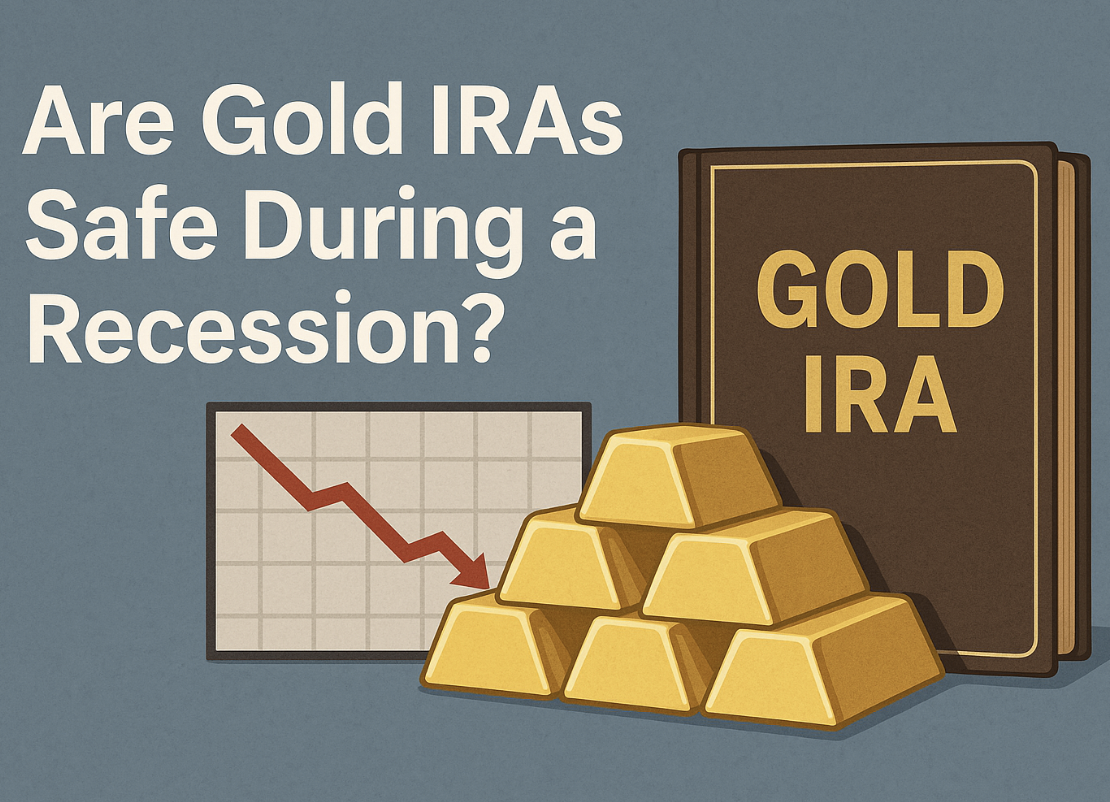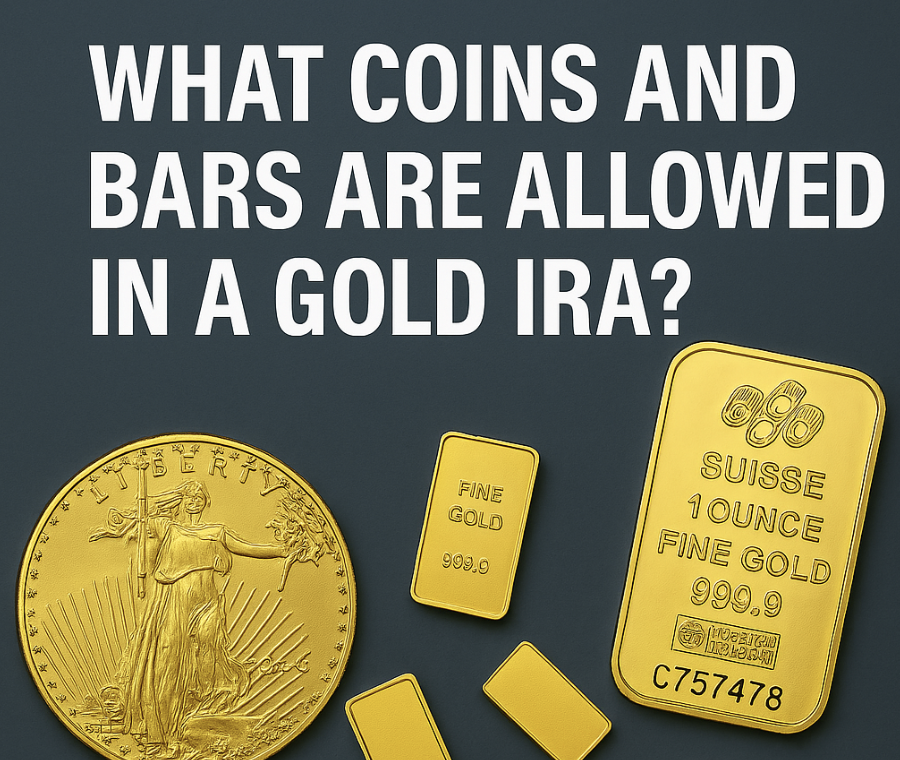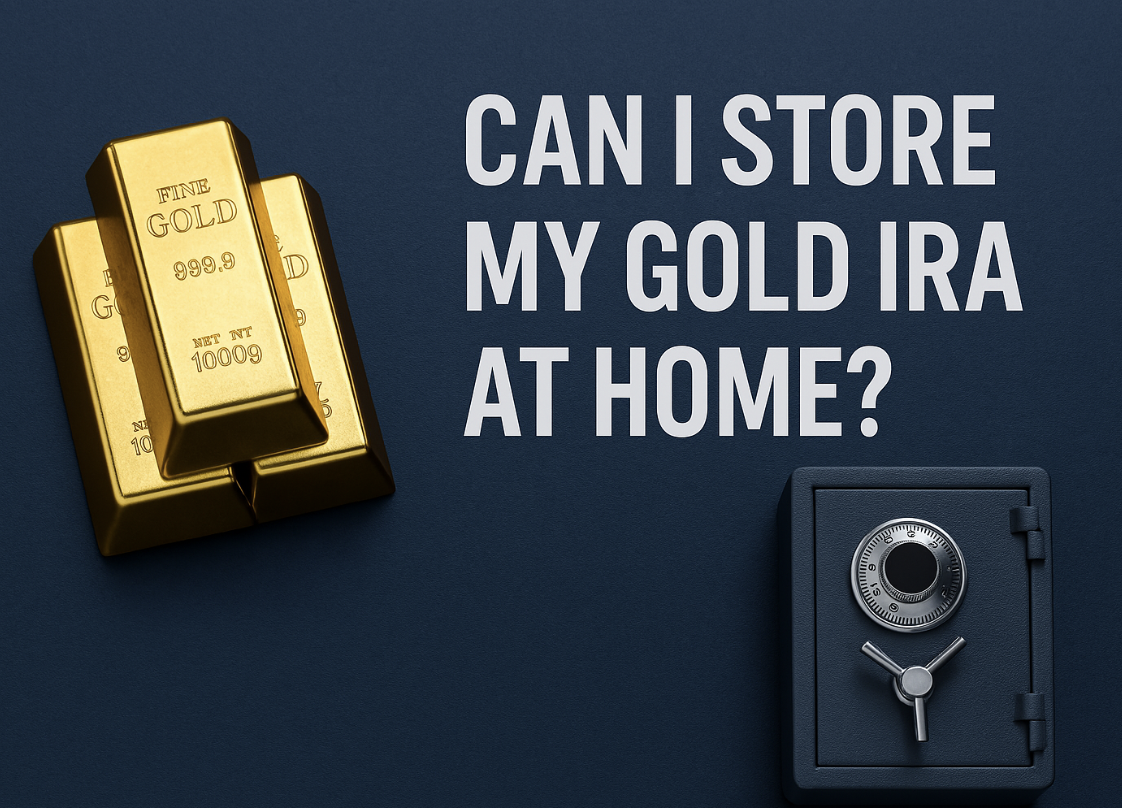
Gold IRA vs. Traditional IRA: What’s the Difference?
When planning for retirement, choosing the right type of IRA can make a significant difference in your long-term financial security. While Traditional IRAs are widely known and commonly used, Gold IRAs are growing in popularity as a way to hedge against inflation and economic uncertainty.
But what exactly is the difference between a Gold IRA and a Traditional IRA? In this article, we’ll break down the key features, pros, cons, and how each can fit into your retirement strategy.
What Is a Traditional IRA?
A Traditional IRA (Individual Retirement Account) is a tax-deferred retirement savings account that allows you to invest in stocks, bonds, mutual funds, ETFs, and other paper assets.
Key Features of a Traditional IRA:
- Tax-deductible contributions (depending on income and other factors)
- Tax-deferred growth — you don’t pay taxes on gains until you withdraw
- Required Minimum Distributions (RMDs) begin at age 73
- Contribution limit for 2025: $7,000 (or $8,000 if age 50+)
What Is a Gold IRA?
A Gold IRA is a type of self-directed IRA that allows you to invest in physical gold and other IRS-approved precious metals, such as silver, platinum, and palladium. Instead of holding stocks or bonds, your IRA owns physical bullion stored in a secure, IRS-approved depository.
Key Features of a Gold IRA:
- Invests in tangible assets like gold coins or bars
- Offers the same tax advantages as a Traditional IRA
- Must be managed by a custodian who allows alternative assets
- Physical metals must be stored in an IRS-approved depository
- Can also hold other metals (silver, platinum, palladium)
Gold IRA vs. Traditional IRA: Side-by-Side Comparison
| Feature | Gold IRA | Traditional IRA |
| Asset Type | Physical gold, silver, platinum, palladium | Stocks, bonds, mutual funds, ETFs |
| Tax Treatment | Tax-deferred or tax-free (Roth option) | Tax-deferred or tax-free (Roth option) |
| Custodian Type | Self-directed IRA custodian | Traditional IRA custodian |
| Storage Requirement | IRS-approved depository (no home storage) | No physical storage required |
| Diversification | Adds alternative asset exposure | Limited to paper-based financial assets |
| Volatility Risk | Lower (hedge against inflation) | Higher (market-dependent) |
| Fees | Higher setup, storage, and management fees | Lower fees with most brokerages |
| eature | Gold IRA | Traditional IRA |
| Asset Type | Physical gold, silver, platinum, palladium | Stocks, bonds, mutual funds, ETFs |
| Tax Treatment | Tax-deferred or tax-free (Roth option) | Tax-deferred or tax-free (Roth option) |
| Custodian Type | Self-directed IRA custodian | Traditional IRA custodian |
| Storage Requirement | IRS-approved depository (no home storage) | No physical storage required |
| Diversification | Adds alternative asset exposure | Limited to paper-based financial assets |
| Volatility Risk | Lower (hedge against inflation) | Higher (market-dependent) |
| Fees | Higher setup, storage, and management fees | Lower fees with most brokerages |
Pros and Cons of a Gold IRA
Pros:
- Hedge against inflation and currency devaluation
- Portfolio diversification with physical assets
- Long-term store of value
Cons:
- Higher fees and setup costs
- Less liquid than paper assets
- Strict IRS rules on storage and eligibility
Which IRA Is Right for You?
The choice between a Gold IRA and a Traditional IRA depends on your financial goals, risk tolerance, and outlook on the economy.
Choose a Traditional IRA if you want:
- Low fees and easy access to mainstream investments
- A hands-off retirement plan with conventional growth potential
Choose a Gold IRA if you want:
- A hedge against inflation and market crashes
- Diversification beyond traditional paper assets
- Long-term stability in uncertain times
Can You Have Both?
Yes! Many savvy investors diversify by holding both a Traditional IRA and a Gold IRA. This allows you to enjoy the growth potential of traditional markets while insulating part of your portfolio with precious metals.
Final Thoughts
Understanding the difference between a Gold IRA and a Traditional IRA is crucial to building a balanced retirement strategy. While a Traditional IRA offers a solid foundation, a Gold IRA adds protection and diversification that can help safeguard your wealth.
Thinking about diversifying with gold?
Check out our latest guide on the Best Gold IRA Companies of 2025 to find a trusted provider that fits your goals.
Frequently Asked Questions: Gold IRA vs. Traditional IRA
Can I have both a Traditional IRA and a Gold IRA?
Yes. You can hold both types of IRAs, allowing you to diversify across paper and physical assets. Just be aware that your total annual contribution across all IRAs cannot exceed IRS limits ($7,000 in 2025 or $8,000 if age 50+).
Is a Gold IRA tax-deferred like a Traditional IRA?
Yes. A Gold IRA can be either tax-deferred (like a Traditional IRA) or tax-free (like a Roth IRA), depending on how it’s set up.
Are Gold IRAs safe?
Gold IRAs offer security through physical ownership of gold stored in an IRS-approved depository. However, they are subject to market price fluctuations and may involve higher fees than traditional accounts.
Do Traditional IRAs allow precious metals?
No. Traditional IRAs with standard custodians don’t allow physical assets like gold. You need a self-directed IRA to invest in physical metals.
What are the fees involved in a Gold IRA?
Gold IRAs usually involve setup fees, storage fees, and annual maintenance fees. These are higher than typical brokerage IRAs but come with the benefit of owning tangible assets.



